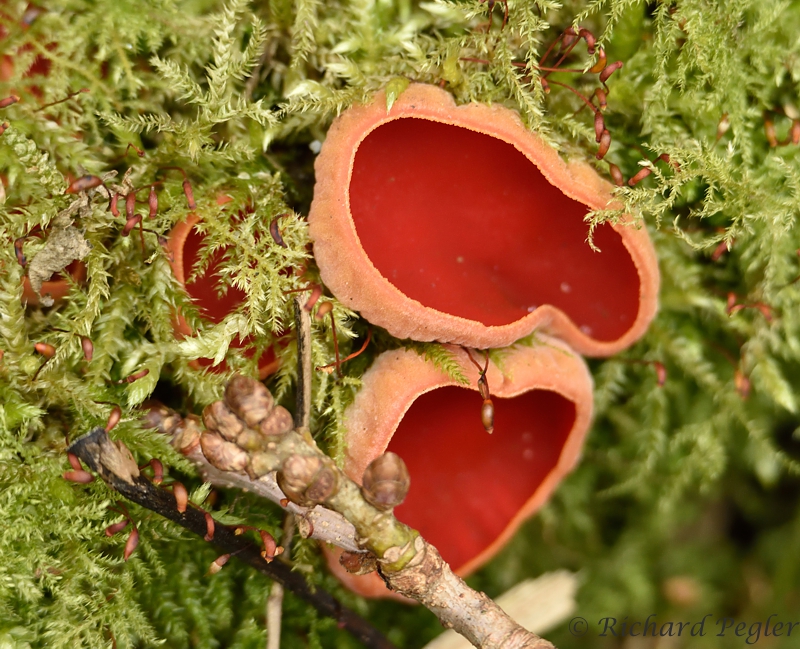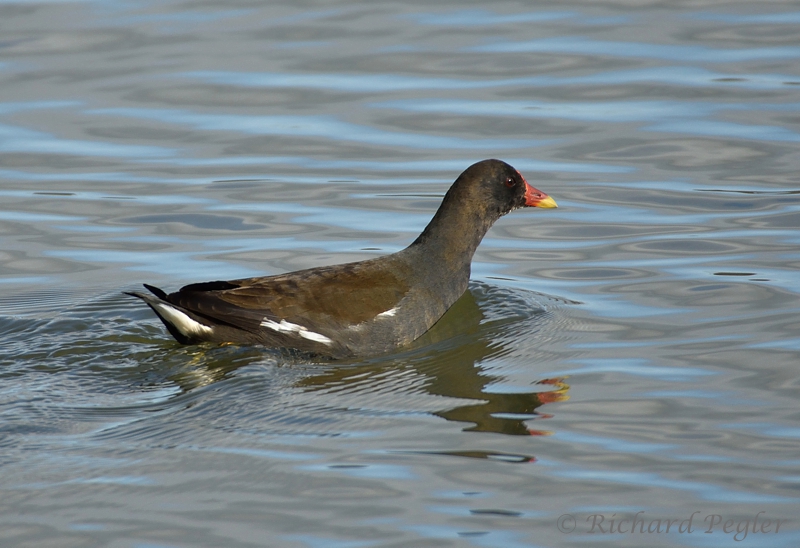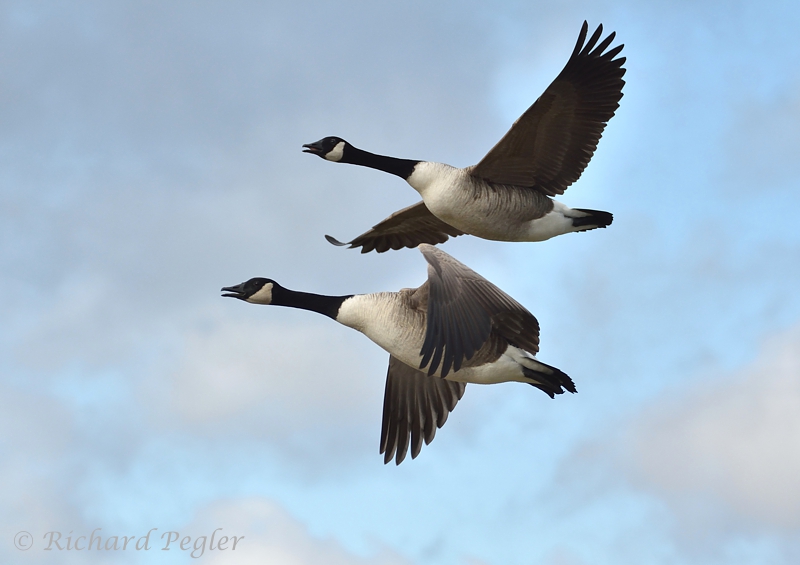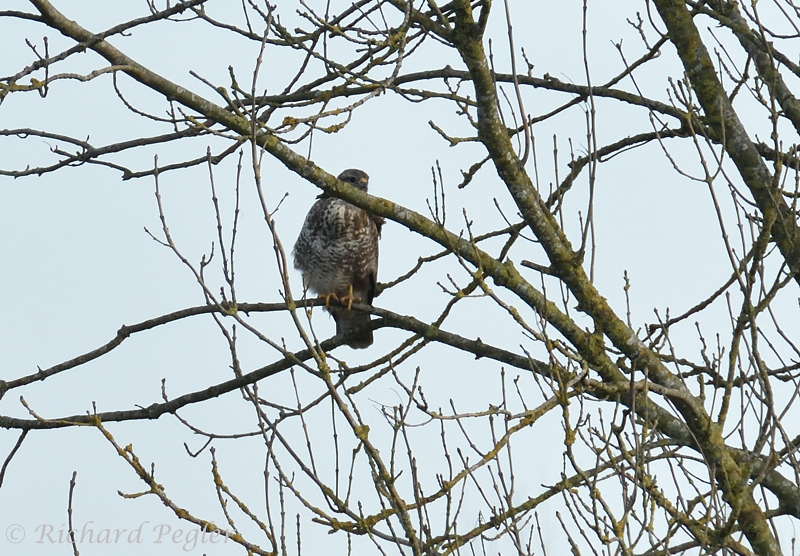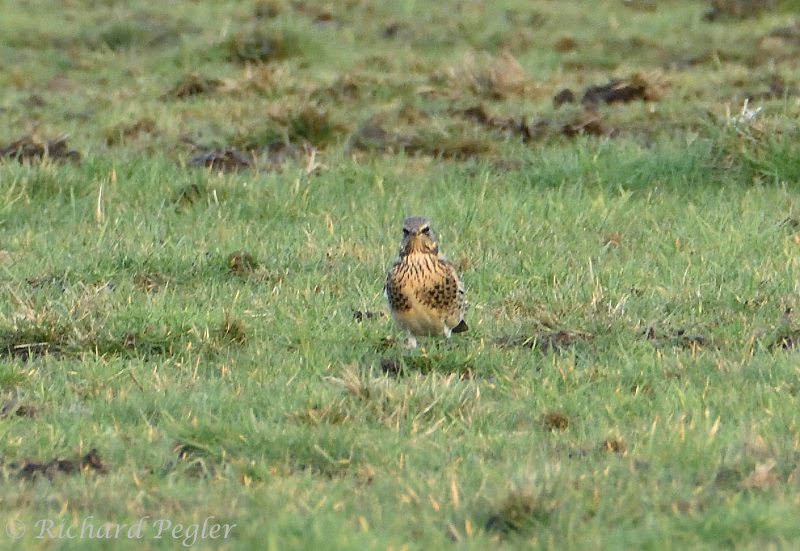I have already covered a couple of local visits in February in my previous two Blog posts, and I intend to cover two further February excursions in a subsequent blog post. This post will concentrate on garden observation highlights - and a couple of items of wildlife found in the house!
At the start of February, our winter visitors, Brambling, Blackcap, and Pied Wagtail, were still regularly gracing us with their presence. As I write this on 1st March they are still visiting. I have no illusions that Brambling and Blackcap will be with us for much longer, but I am hoping that the Pied Wagtail might decide that he'd like to stay here.
Tuesday, 1st February
The month started well with male and female Brambling, plus two male Blackcaps. However, no photos were taken.
Sunday, 6th February
This day I did manage some photos.
 |
| Brambling (Fringilla montifringilla) (male) - garden |
 |
Pied Wagtail (Motacilla alba yarrellii) - garden
|
Monday, 7th FebruaryWe had three Blackcap visit this day (2 male, 1 female) but they were not photographed. We have been lucky enough, in the past few weeks, to be getting daily visits by Bullfinch. We have had occasionally up to three at a time - sometimes two females and sometimes two males. However, it is rare that they present themselves in a photogenic position. These was my best effort in February.
 |
Bullfinch (Pyrrhula pyrrhula) (male) - garden
|
Wednesday, 9th FebruaryIn January, it was a female Blackcap that dominated our sightings of that species. However, in February this switched to males giving us most sightings. On this day we had one of each and I managed a shot of a female Blackcap looking coy.
 |
Blackcap (Sylvia atricapilla) (female) - garden
|
Thursday, 10th FebruaryIt has been a long while since I posted a video clip from the garden cams, This is mainly due to nothing happening at night! However, if I omit to reset the timers for a while when the days are getting longer, I sometimes get some daylight action. It's a very common bird, but for me it's delightful to see a Robin bathing in what we refer to as 'the duckpond'.
Monday, 14th FebruaryIt had been some months since a Sparrowhawk last set foot in our garden, although we'd seen one flash through from time to time. It was, therefore, pleasing to see a juvenile visit us on this day. Sparrowhawks, for me, are very welcome, provided they don't visit too frequently. However, Lindsay takes a different stance, insisting we should dicourage the Sparrowhawks as, by attracting good numbers of birds to our feeders we have a duty of care, and should protect them from predation. Sadly, the weather was very dull this day and the photo is not as crisp as I'd like it to have been.
 |
Sparrowhawk (Accipiter nisus) (juvenile) - garden
|
Thursday, 17th FebruaryWe had 21 species of bird visit us this day, with highlights being three Brambling (2 male) and an unphotographed Siskin. Regretably, I did not manage a shot of a female Brambling
 |
| Brambling (Fringilla montifringilla) (male) - garden |
Monday, 21st FebruaryThe Sparrowhawk was making a nuisance of itself this day and bird numbers were well down, although we did have three Brambling show up. The light was rather better than on the previous occasion that I photographed it.
 |
| Sparrowhawk (Accipiter nisus) (juvenile) - garden |
That night a micro-moth snuck into the house and was found by Lindsay in the kitchen the following day. There are quite a few species of micro-moth in UK with this distinctive 'T' shape.
 |
Beautiful Plume (Amblyptilia acanthadactyla) - from house
|
Thursday, 24th FebruaryThe previous day, I'd been to a location which, until just a few years ago, used to be a winter hotspot for Yellowhammer, Willow Tit and Reed Bunting, and I found myself reflecting that I'd not seen any of these three species here for a couple of years. I was, therefore, delighted when a Reed Bunting very briefly showed up in our garden for the first time in a long while. Unfortunately, I only managed a record shot.
 |
| Reed Bunting (Emberiza schoeniclus) (male) - garden |
Friday, 25th FebruaryThe morning overrunning of the garden cams caused me to catch Magpies at the 'duck pond'.
The moth trap went out on this evening. It resulted in just two moths of two species, but included my first ever Oak Beauty.
 |
Oak Beauty (Biston strataria) (male) - garden moth trap
|
The Pale Brindled Beauty wouldn't play ball and ended up being photographed on my trouser-leg! This is a male - the females are flightless.
 |
Pale Brindled Beauty (Phigalia pilosaria) (male) - garden moth trap
|
Saturday, 26th February OK, so not a highlight, but I thought that this post could do with a bit of colour, so here's a Goldfinch from that day!
 |
Goldfinch (Carduelis carduelis) - garden
|
Sunday, 27th FebruaryThis was another good day for garden bird sightings. The real highlight was our second Redpoll of the winter. I did manage some record shots.
 |
| Lesser Redpoll (Acanthis cabaret) - garden |
It was a sunny day, and we had our first butterfly of the year to settle in the garden - we had seen a few pass through before this, however.
 |
| Small Tortoiseshell (Aglais urticae) - garden |
I'd been concentrating so hard on the butterfly that I failed to notice the hoverfly that settled nearby.
 |
| Small Tortoiseshell (Aglais urticae) + Common Drone Fly (Eristalis tenax) - garden |
Monday, 28th FebruaryOn the last day of the month, I found another moth in our kitchen. It was a Dotted Border - I wonder how it got its name!
 |
Dotted Border (Agriopis marginaria) - from house
|
This brings me to the end of this blog post. I've got a very busy time ahead, and so it will probably be a while before my next post, and I may be a little tardy in replying to your comments por visitng your blogs. In the meantime, thank you for dropping by. Please take good care of yourselves and Nature. Best wishes - - - Richard

